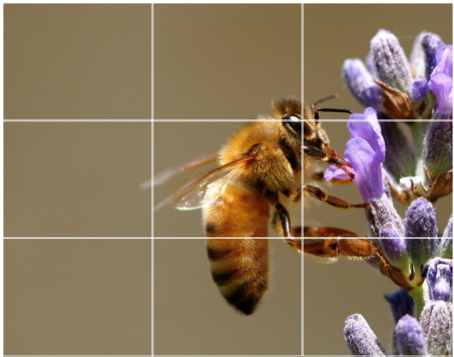basic composition - the rule of thirds (revisited)
My husband's aunt is an artist - a painter primarily, but she dabbles in several forms of artistic expression. In fact, we have a painting of hers hanging in our home - click here to see it (it's on her home page).
One time we were talking about what makes good art, or specifically good photography, and she said "It's the eye of the artist - you either have it or you don't." Similar to what Supreme Court Justice Potter Stewart wrote in an opinion in 1964, in reference to hard core pornography: "I know it when I see it." Touche, Justice Potter.
But I digress - Aunt Michele and Justice Potter have a point. You can ace every technical aspect of photography and still take a boring picture. That intangible factor, the je ne sais quoi if you will, is composition. And the most basic rule of composition is the rule of thirds.
I wrote about this way back when I was a newbie blogger, so I figured it's time to revisit the concept. What's great about this week's lesson is that anyone can benefit from understanding the rule of thirds - whether you use your camera phone, a point and shoot, or a fancy-schmancy SLR.
The rule itself is pretty basic - imagine dividing your image into a tic tac toe grid, like so:

The idea is the more interesting parts of your shot should line up to the intersecting points of the tic tac toe grid (take a look at the bee's eye, for example). Also, you can break your image into three columns (vertically or horizontally, and concentrate the interesting parts of your shot in one or more of the columns (see how the bee and the flower are only in two-thirds of the frame?)
And there you have it - a nice simple rule to practice anytime you whip out your camera. Do off-centered shots drive you crazy? You do know that rules were meant to be broken...but I thought you should know the golden rule of photography before you decide to break it.
Happy composing!




0 comments:
Post a Comment